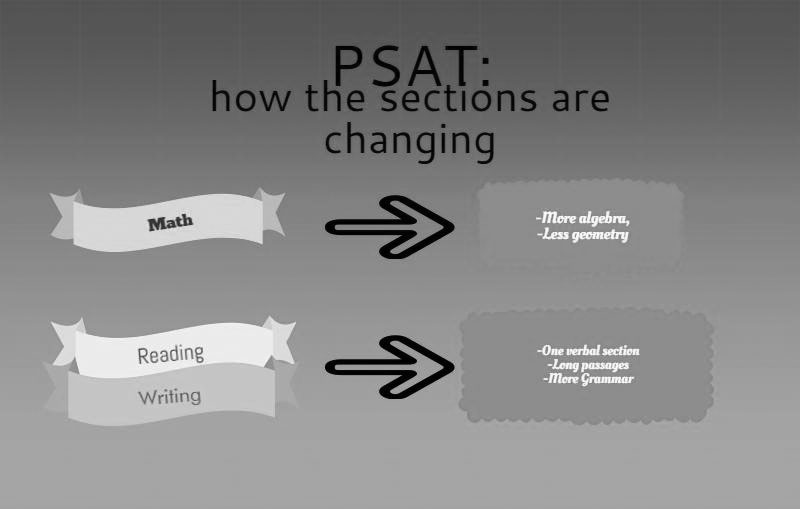New PSAT Combines Sections, Minimizes Calculator Use
The new PSAT will give students preparation for the changed SAT in 2016. The test will combine the previous Reading and Writing sections.
September 30, 2015
The new PSAT will be administered to the current sophomores and juniors for the first time Oct. 14. This PSAT will foreshadow the format of the new SAT that the College Board will begin administering in March 2016.
Students are nervously anticipating the new PSAT since the new format has yet to be introduced.
“No one has seen a real test,” CHS College Information Counselor Luana Zimmerman said. “Information I have read has indicated that the test looks to be harder, but the scoring curve will be more generous.”
According to the College Board website, the new assessment will have two sections instead of three. Reading and Writing are being lumped into one overall category called “Evidence-Based Reading and Writing,” while Math remains a single section.
The “Evidence-Based Reading and Writing” section emphasizes passage analysis rather than isolated examples. More focus will be placed on reading comprehension rather than complex vocabulary. The essay writing is now optional and will be separate from the main exam.
“This new PSAT will differ from the older version in several ways,” said Phil Pine, Capital Educators President. “There will be more Algebra and Algebra 2 topics, less Geometry, less difficult vocabulary, and writing questions that are asked based on full passages.”
Capital Educators is a D.C.-based organization that prepares students for the PSAT, SAT, ACT, and SAT subject tests.
In the math section, calculators are now only permitted on certain questions in an attempt to focus on mental math.
The new PSAT also no longer deducts points for guessing a wrong answer. In fact, guessing works in favor of the score rather than against it. Additionally, the new PSAT will have longer sections with more time given to complete them.
According to Pine, there will be a 60-minute reading section, followed by a 35-minute writing section. In math, there will be a 25-minute no calculator section, followed by a 45-minute calculator section.
Practice PSATs based on the College Board practice have been given by Capital Educators, and the difference between the old and new formats is evident, according to junior Jennifer Duan.
“The format seems more organized, but the huge time blocks are hard to get used to for each section,” Duan said.
The College Board website offers a sample test, which can be used to determine the difficulty of the exam. Though the new PSAT does not play a role in college acceptance, it gives sophomores and juniors an idea of what to expect on the redesigned SAT. It also counts for the National Merit Scholarship awarded to those with top scores.
“In the end, the new test isn’t harder or easier,” Pine said. “It is simply different and will accordingly require slightly different pacing, different guessing strategies, and a different mindset.”


